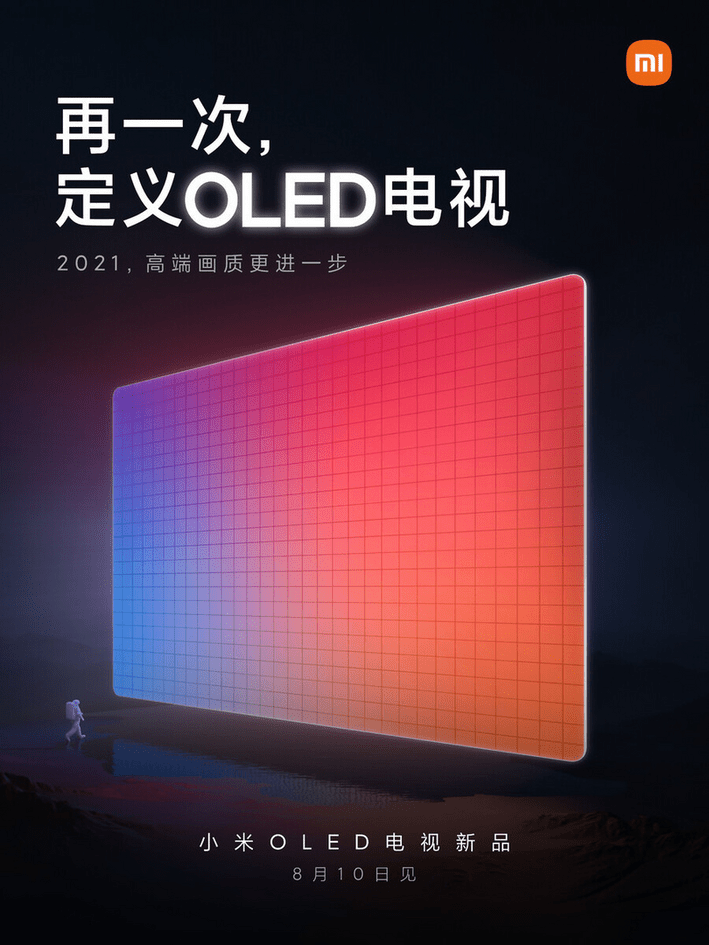Xiaomi Launching OLED TVs with Nvidia G-Sync Support
Another step on the BFGD gaming display initiative
Chinese manufacturing giant Xiaomi has announced via the Weibo forums that it is introducing an OLED TV lineup as early as tomorrow - and these TVs have a gaming call to fame in the form of support for NVIDIA's G-Sync, meaning they'll feel at home in your living room or right next to your gaming PC. Xiaomi has only released teaser graphics for now, but we expect the specifications (including panel size options and pricing) to be released at the same time as the official announcement on August 10.
Even so, the teaser images revealed by Xiaomi and the confirmation of G-Sync support give us a decent idea of the specs for these OLED TVs. Nvidia's G-Sync certification in the BFGD (Big Format Gaming Displays) category requires that the panels offer refresh rates upwards of 75 Hz, as well as HDR capabilities (this is also mostly a given in the OLED panel realm), low input lag (or else there wouldn't be much gaming DNA here) as well as support for ULMB (Ultra Low Motion Blur) technology.
Support for HDMI 2.1 is also in the cards, which means general support for VRR (Variable Refresh Rate), required for users to make the most of their latest-gen gaming consoles from Sony or Microsoft, as well as eARC passthrough capabilities.



Xiaomi has become a juggernaut in the global technology market, and the company generally prides itself in offering some of the most attractive price/performance ratios in the market. That's actually propelled the company to first place in the global smartphone market already, surpassing Samsung and shuffling Apple towards third place in the process.
Xiaomi already offers an OLED TV solution in the €6,000 (~$7,000) range - the luxurious Mi TV Lux, which features a transparent OLED panel and 120 Hz refresh rates. Considering the gaming and G-Sync pedigree that Xiaomi is setting these upcoming OLED TVs for, we expect at least some of these products to offer the same 120 Hz refresh rate as their more luxurious Mi TV Lux counterparts.
Get Tom's Hardware's best news and in-depth reviews, straight to your inbox.

Francisco Pires is a freelance news writer for Tom's Hardware with a soft side for quantum computing.
-
Murissokah BFGD means Big Format Gaming Display? Oh, that's totally how I read it the first time.Reply